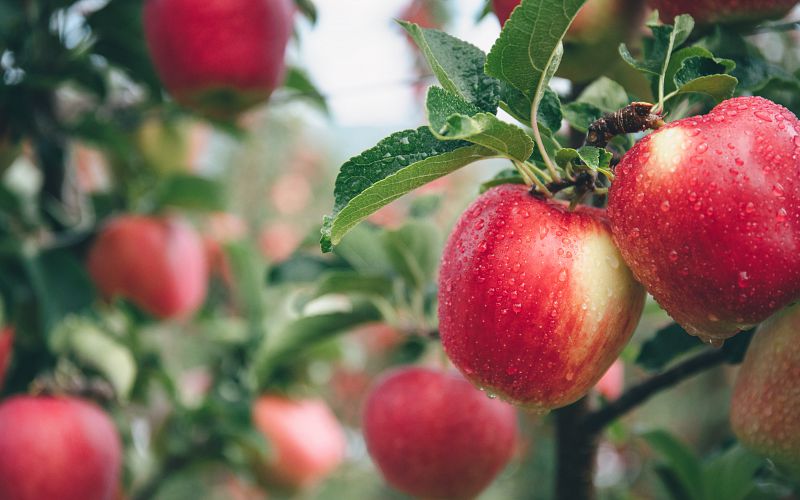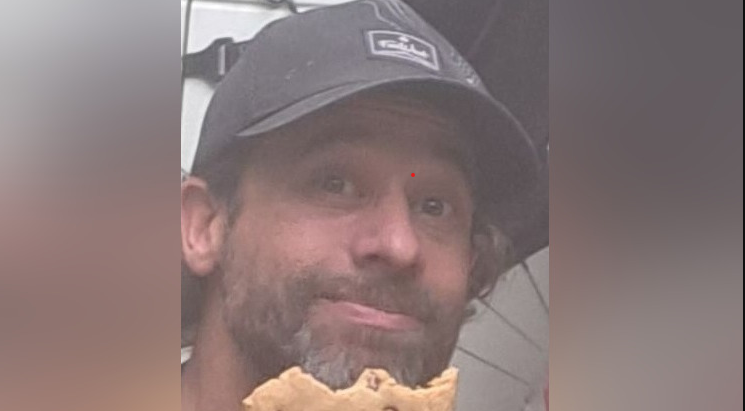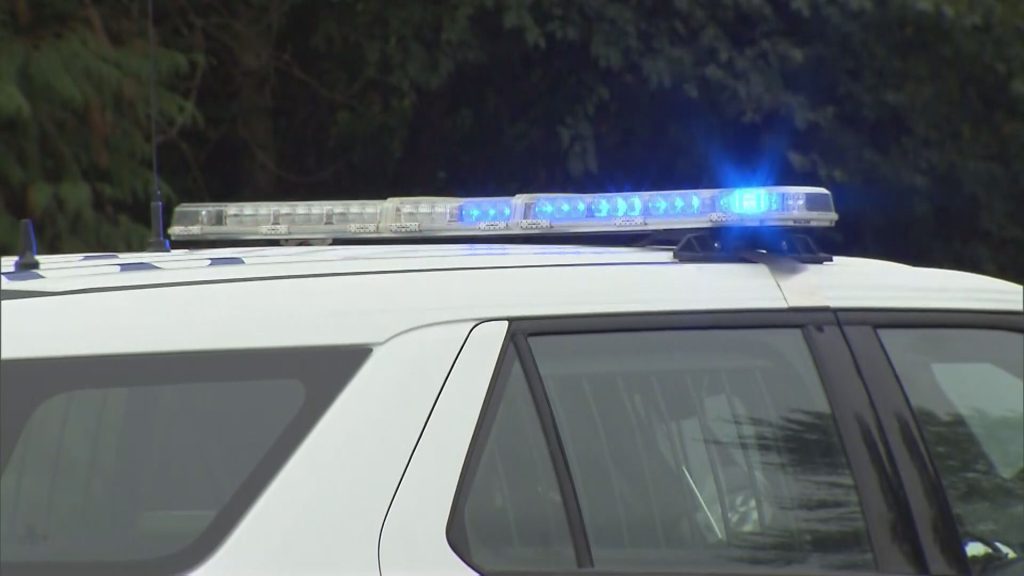As tattoos become mainstream, Vancouver artists see rise in ‘ignorant ink’
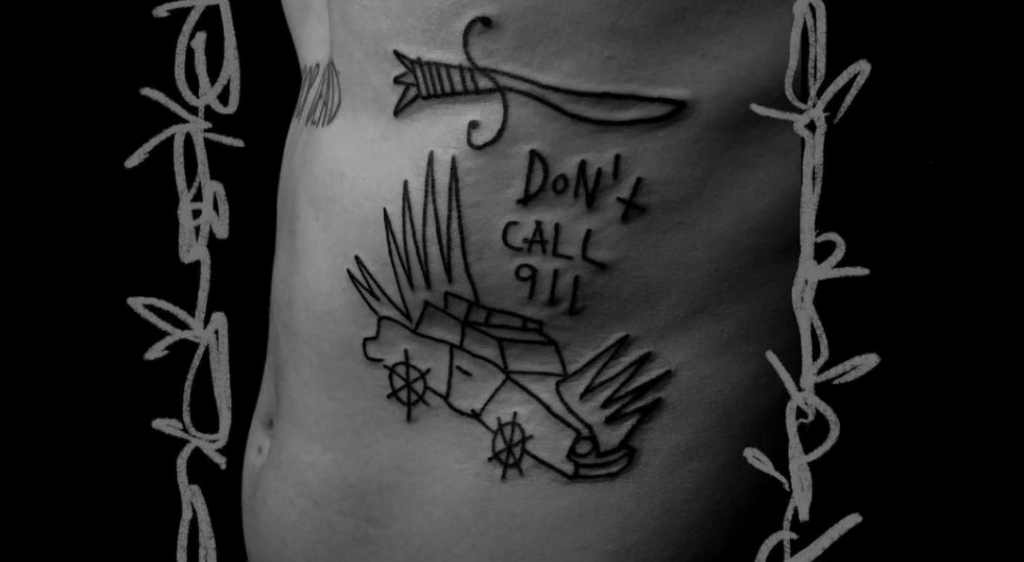
Posted April 7, 2024 3:22 pm.
Last Updated April 8, 2024 7:34 am.
Once seen as a counter-culture form of expression, the art of tattooing is now firmly rooted in the mainstream. As more and more people get inked, and as styles, techniques, and technology become increasingly sophisticated, Vancouver tattoo artists say they are seeing a bit of a reaction from a fringe group of customers.
The artists are noting a niche interest in something sometimes referred to as “ignorant style,” which reflects a desire to buck conventional imagery.

“It kind of almost has like a child’s drawing kind of quality, almost a do-it-yourself, homemade kind of style of art that has become a bit of a popular trend in tattooing,” Sacred Heart Tattoo artist James Bird told CityNews.
“You’ll see sorts of things like celebrities getting stick drawings, and people kind of doing stick-and-poke.”
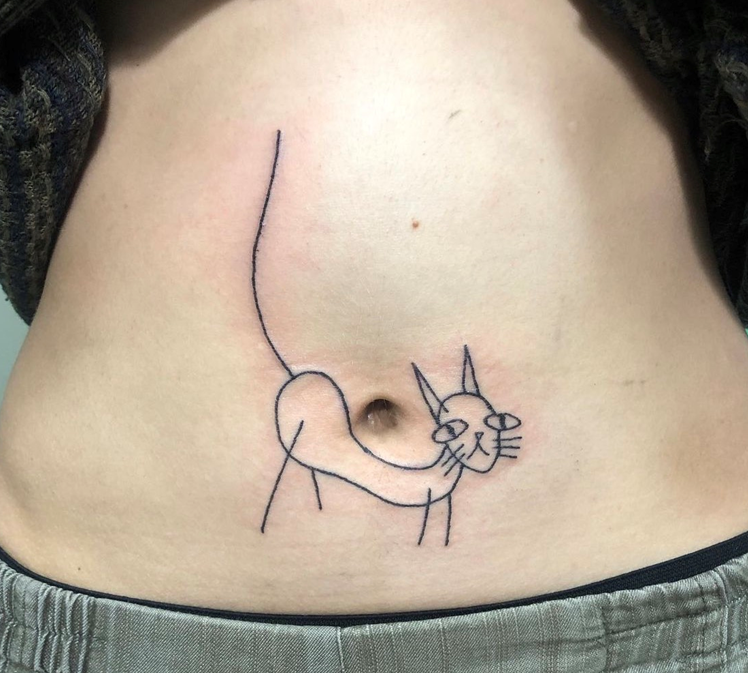

Bird says now that tattooing is accepted as a legitimate art form, this latest branch-off is almost a bit of a counter-reaction to that.
“I think there’s almost a sense of rebellion of well … what would take us to do the thing that’s not considered an art form,” he said. “And let’s do it like we were getting jail tattoos or tattoos in someone’s kitchen.”

Mitch Kirilo, the owner of Pacific Rose Tattoo, says the ignorant style is a protest of traditional designs, of what “the older generation” of artists would see as a ‘proper tattoo.’
“There’s a lot of people kind of retaliating against that and just being like, well, no, I’m just gonna get whatever I want because it makes me happy and I don’t have to follow your rules,” Kirilo said.
It isn’t a huge group of customers requesting this, he said, but they do get a handful of requests, and the artists have a bit of fun with it.
“We’ve got a couple of artists that have a fun, like, alter ego Instagram page kind of thing, where they post only those kinds of tattoos,” he said. “They’re really reputable tattooers that’ve been tattooing all kinds of styles for a long time … but the designs are kind of more just fun and crude and ignorant kind of things.”


He is also seeing more DIY work being done in homes or private studios.
“They’re just kind of going for it and maybe leaning on that style because it’s popping right now and it’s easy to do,” he said. “But maybe not the best choice to go to a home studio.”
Kirilo points out that just because a tattoo is done in the ignorant style does not mean the work is or should be shoddy.
“There’s a big difference between a design that’s kind of like poorly drawn on purpose, to look a little bit crude or messy or fun or like a kid drew it or something, but it’s still applied really well with proper tattoo techniques where the lines aren’t going to be scarred or blown out or falling out, or anything like that,” he said.
“The other side of that is some people are doing the ignorant style, but they also can’t tattoo it well. And then people are left with more rough looking kind of tattoos that either fall out or are scarred and the ink kind of looks all blurry and blown out.”
Current styles range from fine lines to bold statements
Ignorant-style tattoos remain just a small fraction of current design, however, and most customers are still requesting serious work.


“Most recently, I’ve seen a bit more of a trend towards fine line tattoos,” Bird said. “Lots of sort of delicate fine black tattoos.”
Kirilo has seen the same shift, finding more people are requesting “dainty or delicate” tattoos with fine lines.



But he is also seeing really large designs being popular, with some work taking up to 20 or 30 hours, spread out over several sessions.
“It kind of seems like both ends of the spectrum are really popular right now. Like, it’d be like a back piece or a sleeve or something like that, like you would do the whole sleeve all at once,” he said.
Tattoo styles are generational, change over time
Working as a tattoo artist for almost two decades, Bird has had the opportunity to watch trends come and go, whether due to external factors or just expressions of personal style.
“When I started it was all tribal tattoos and Chinese characters,” he said. “Then it went through a period of what we call ‘new school,’ which was sort of more kind of cartoon, bright imagery.”



After that, he says, there was a resurgence of traditional, ‘Americana’ styles.
“A lot of that came from fashion trends, with Ed Hardy clothing being popular at the time,” he said. “Ed Hardy of course was a very well-known tattooer, and so it seemed there was a big, big, sudden resurgence of interest in traditional tattooing.”
After that came a focus on realism, with lots of colour, and portraits, before flowing into the current fine-line looks, Bird says.



Kirilo, who has been working in the industry since 2007, says he noticed a momentary shift about 10 years ago toward what he refers to as “Pinterest” designs.
“I think that was a lot of stuff like the feathers that have little tiny bird silhouettes kind of exploding from the tips, or infinity symbols, or especially out here in the Pacific Northwest, a lot of people were getting like tiny mountain ranges or like a little wave with an orca or something,” he said.
“A lot of that stuff I think was really popular just due to the internet, and kind of how that collided with tattooing back then.”
Then when this look was overdone, and people started to realize these designs weren’t that unique, it kind of died off, Kirilo says.
“I think because of the internet and social media, with tattooing and everything, people are seeing those trends and wanting something more unique,” he said.
Artists spill the ink on their favourite — and least favourite — styles to work on
While many tattoo artists will work in a wide range of designs and techniques, everyone has their personal preferences and areas of expertise.
As for Kirilo, he loves working on large, bold pieces.
“I do a lot of full back pieces that would be from like pretty much the back of your neck, like the shirt line, all the way down to like the back of your knees. So a lot of things are really, really bold and readable,” he said.


“Just large and impactful and kind of like, I would describe it as heavy because I use quite a bit of black and like really dense background kind of work.”
On the other hand, he dislikes doing tattoos that don’t “flow with the body.”
“My main focus is just making sure everything kind of complements and uplifts the body,” he said, explaining the art should be there to adorn the body, rather than take away from the overall look.
“Sometimes things like perfect Times New Roman texts going across the stomach or a curvy spot of the body … it’s such a rigid, straight image that doesn’t necessarily complement the body in any way.”
Bird says he specializes in art with Japanese imagery and small floral pieces.


“So, anytime someone asks me to do either a dragon or a hannya mask, I’m pretty excited,” he said. “Those are kind of two of my favourite motifs to draw and tattoo, so if anyone ever asks for either of those things, it’s going to be a pretty good day for me.”
On the other hand, he dislikes working on images of pocket watches, and he says he is not alone.
“I think there are a lot of tattooers out there who probably could happily never tattoo another pocket watch in their career,” he said.
Industry strong but not entirely ‘recession proof’
It’s not only tattoo designs that have changed over time, as the industry itself responds to changes in world events and the economy.
During the COVID-19 pandemic, many artists didn’t work for months. But when the lockdowns lifted, there was a big boost waiting for them.
“Everyone was at home saving their money, and suddenly they all wanted to get tattooed again,” Bird said. “So the industry seemed to flourish.”
But this didn’t last as the after-effects of the pandemic did eventually make their mark, and it is being felt everywhere, Bird says.
“It’s not just Vancouver, it’s not just Canada, it’s internationally, friends all around the world, experiencing similar kinds of slower times, and phenomenal artists, they’re nowhere near as busy as they had been previously,” he said.



Kirilo says that there is a long-standing opinion that tattooing is “recession-proof,” which he says is true to an extent. But he says the tattoo industry is just like most other businesses currently and has been feeling the effects of the downturn.
As well, he has seen a correlation between the status of the film industry and his line of business.
“It was really noticeable when the film industry was not back to work and they were on strike, because in Vancouver at least, quite a few of our clients work in the film industry, or are directly affected by it in some way,” he said.
“We noticed definitely a bit of a dip in our schedules.”

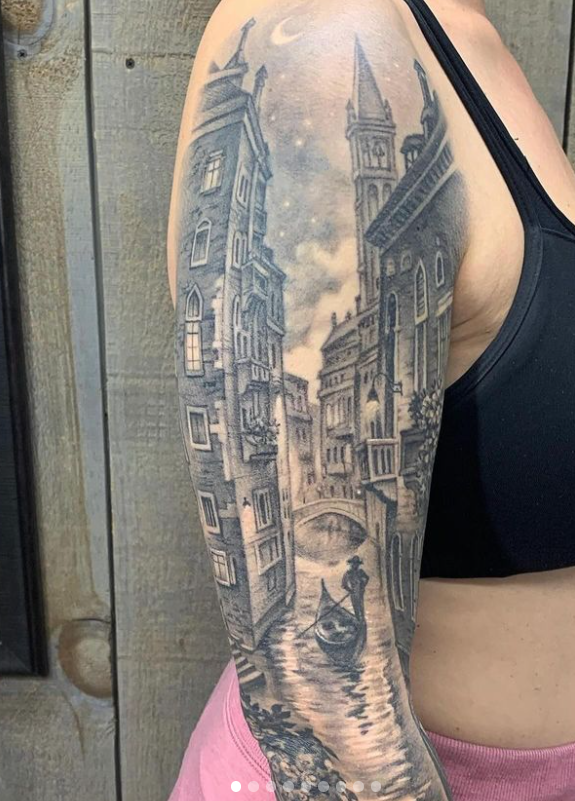
At the same time, however, Kirilo notes that some artists are thriving right now — those with clients in different life situations where they are doing very well.
“So if they’re like maybe a CEO or a business owner … people that are just doing really well and kind of are set and seem to be making more money these days,” he said. “A lot of those clients are still getting tattooed quite a bit. So for certain types of work, some people are almost busier than ever.”
But for the most part, he says, work is slower.
“Most people have been not doing as well economically and not getting tattooed quite as much because it’s kind of not a necessity,” he said.
The business evolves along with the art
Kirilo says how people choose their designs — and their artists — is changing.
“We’re finding the walk-in traffic of having a street shop isn’t really benefiting us anymore. So, we were like, kind of just paying the higher rent for a street-level space,” he said.
“Most people these days just Google, check out reviews, you know, look at portfolios online, then they make the decision to come into the shop, versus 10 or 20 years ago, when people would just walk by and see a shop and be like, oh, let’s just go in and check it out.”
But one thing that won’t change, he said, is the love for the art form.
“Everybody at my shop, we’re all heavily invested in tattooing and we would do it for free if we didn’t have to pay bills,” he said.
“We just love it for the craft and I think a lot of those tattooers, they’ll always push through these kinds of recessions and hold on for the long run.”
